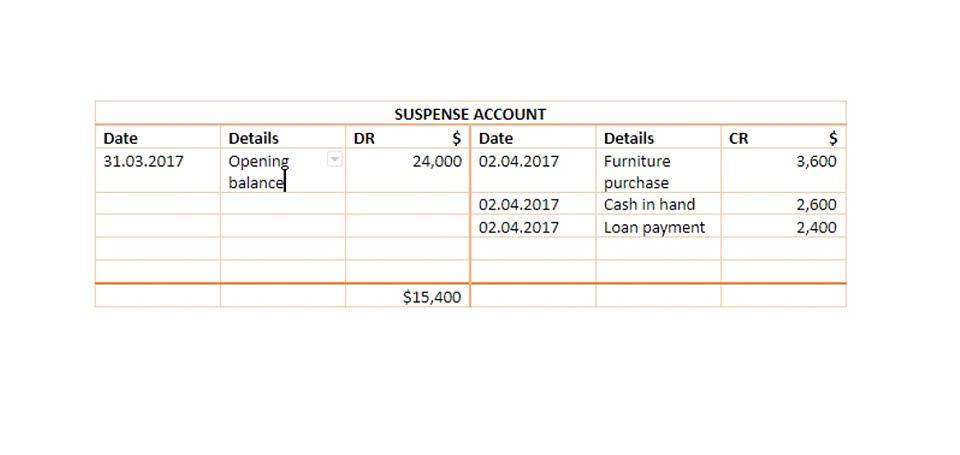
It calculates payroll deductions for the most common pay periods, such as weekly or biweekly, based on exact salary figures. As the employer, you are required to match the employee withholding for each employee according to the individual gross wage amounts. If an employee’s withholding allowances increase, they may submit a new Form W-4 to their employer at any time. However, a new Form W-4 must be provided to an employer within 10 days of change in status if the allowance currently claimed exceeds that to which the employee is entitled. The employer’s and employee’s obligations with respect to the Medicare surtax are different.
Contribute to employer-paid payroll taxes.

If you are a new employer trying to understand the basics, or an organization looking for a refresher on responsibilities, we’ve got you covered. In this guide, we break down the payroll taxes for small businesses that you need to pay attention to and how you can make sure you stay compliant. Small business Sales Forecasting payroll taxes come with the territory when running a business and hiring employees. From helping to fund unemployment where you do business to keeping federal programs like Social Security up and running, all payroll taxes serve a larger purpose.
- Needed for employee information and to determine federal income tax withholding.
- The payroll tax responsibilities outlined above apply only to employers’ obligations regarding their employees.
- A newly hired employee must complete a Form W-4, notifying the employer how many withholding allowances to use when deducting federal income taxes.
- This way, you’ll have all the information to correctly compute withholding.
- If you’re reading through each of these obligations and are a “do-it-your-selfer,” check out our resource on how to do payroll manually for more guidance.
- States fund unemployment benefits by imposing a tax on employers.
State workers’ compensation insurance premiums – employer and employee paid

As an employer, you must correctly calculate each employee’s total income, including salary, wages, taxable benefits, allowances, and other remuneration. W-4s provide essential details such as an employee’s address, filing status, multiple job adjustments, tax credits, additional income, tax deductions, and extra withholding preferences. This information helps your business make accurate payroll withholding calculations and prevents employees from underpaying or overpaying their taxes. Unlike the other FICA taxes, the 0.9 percent Medicare surtax is imposed on the employee portion only. There is no employer match for the Medicare surtax (also called the Additional Medicare Tax).

Consequences of Payroll Tax Non-Compliance
- You can use OnPay’s payroll tax calculator tools to figure out tax withholdings for your employees in your state.
- And as an employer, payroll taxes are your inevitable responsibility.
- However, the credit is reduced if a state borrows from the federal government to cover its unemployment benefits liability and hasn’t repaid the funds.
- This form explains how much money to withhold for federal income taxes.
- In most cases, employer tax returns are filed electronically through an authorized e-file Provider or payroll software purchased specifically for this purpose.
Income tax is the amount withheld from the employee’s wages to cover their personal federal income tax liability. Payroll taxes refer to both the employee’s and the employer’s contribution to Social Security and Medicare, along with federal unemployment tax (FUTA) and any applicable state unemployment taxes. Employers must file employment-related tax returns and deposit employment taxes according to set deadlines. If they don’t do it on time, they may be subject to failure to file and failure to pay penalties. Additionally, any “responsible persons” in the company who fail to deposit trust fund taxes — amounts withheld from employees’ paychecks — can be held 100 percent personally liable. This trust fund recovery penalty applies when someone with the authority to make payment decisions willfully neglects to deposit these taxes.

Lattice
Each employer must deduct EI premiums based on the employee’s earnings. If an employee has a second job with a what are retained earnings different employer, the EI deducted by the other employer doesn’t affect what you must deduct. In this primer, learn the key differences between PTO and vacation time and how businesses can structure time-off policies effectively. Enterprise businesses excel with the customizability, automated workflows, and integrated people insights of Lattice.

- Along with teaching at business and professional schools for over 35 years, she has author several business books and owned her own startup-focused company.
- Employers have numerous payroll tax withholding and payment obligations.
- However, there is no annual dollar limit for the 1.45 percent Medicare tax.
- Come filing season, that’s good news for payroll admins, employees, and the IRS.
- An employer cannot discriminate or retaliate against an employee for requesting or taking Paid Family Leave.
Alternatively, businesses are not required to withhold employers responsibilities for payroll do not include or pay any federal taxes on payments to independent contractors. The general rule is that an individual is an independent contractor if the payer has the right to control or direct only the result of the work, not what will be done and how it will be done. Businesses should consider all evidence of the degree of control and independence in the employer/worker relationship. Whether a worker is an independent contractor or employee depends on the facts in each situation. Although “income tax” and “payroll tax” are sometimes used interchangeably, each has a distinct difference.